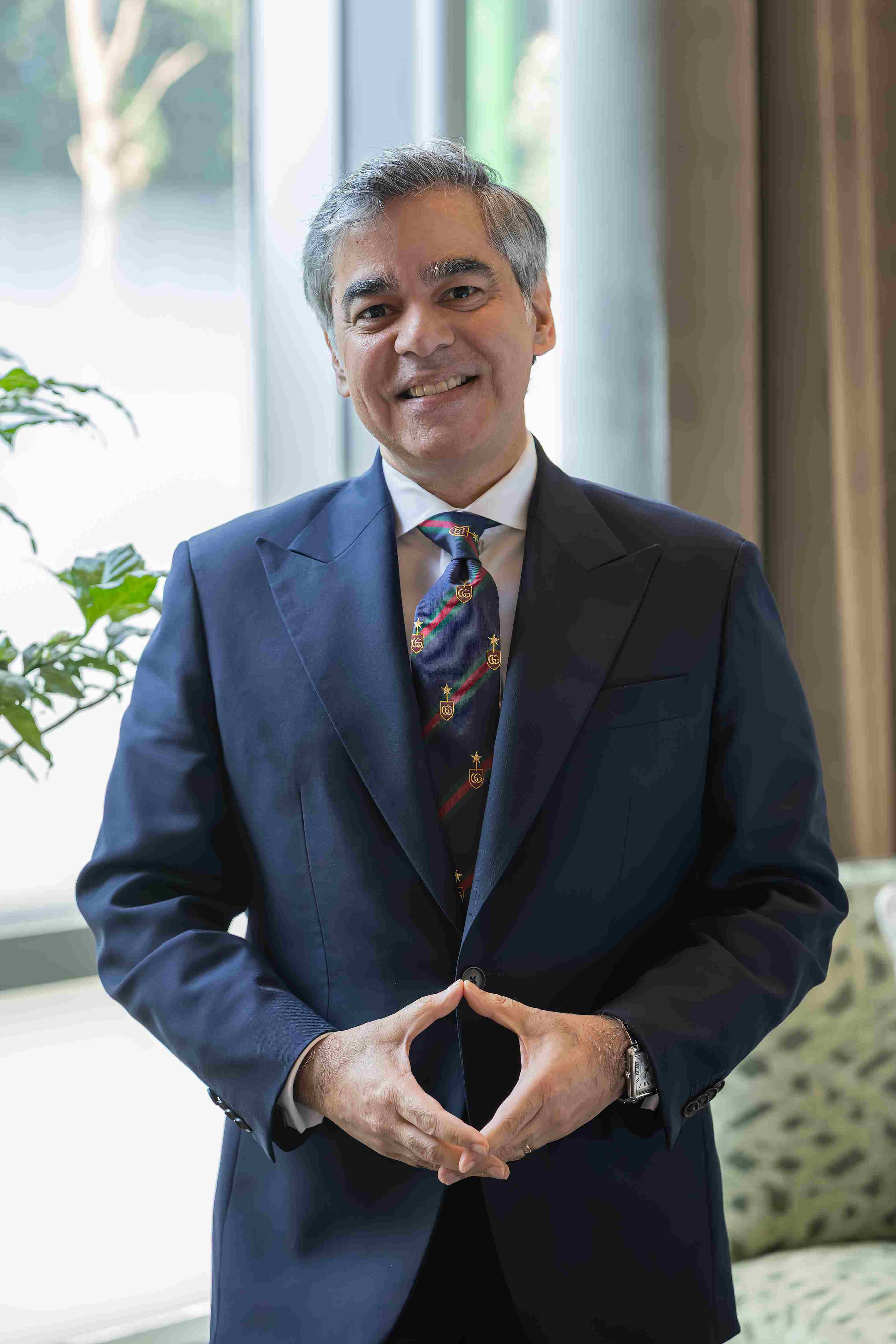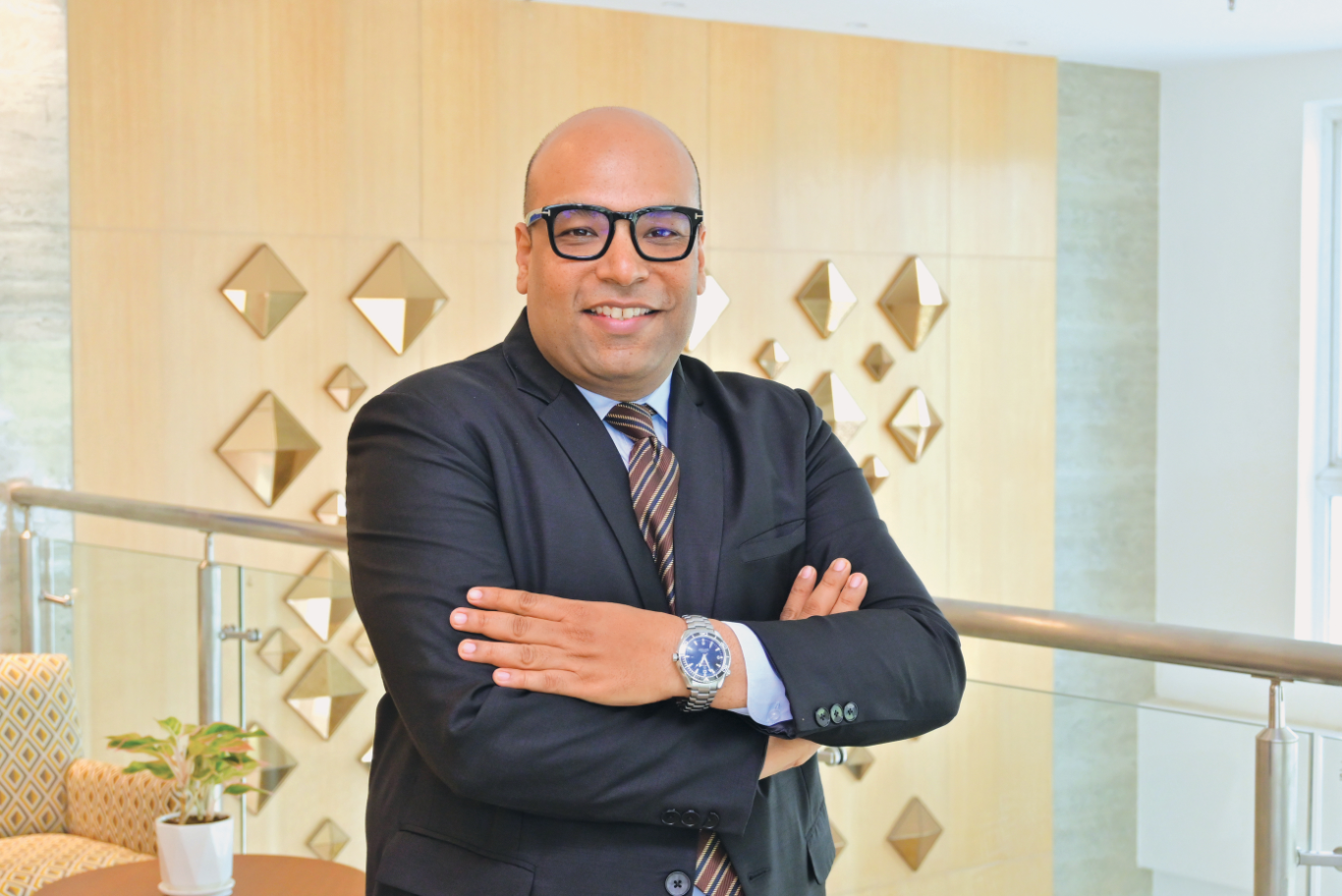Despite an initial lull, hotels across India managed to sail through the pandemic owing to domestic demand. Going ahead, the industry honchos say, tour operators and hoteliers have to work hand-in-hand for mutual benefit.They were also of the view that there is a shift towards wellness from all quarters.
Nisha Verma
At the session titled ‘Hotels in the New Normal’ during the IATO Annual Convention, the witty Homa Mistry, CEO of Trail Blazer Tours, was the moderator, while the panellists included honchos of the hospitality industry, including Nakul Anand, Executive Director, ITC Hotels & Chairman FAITH; Puneet Chhatwal, MD & CEO, The Indian Hotels Company Limited; Anuraag Bhatnagar, COO, The Leela Palaces, Hotels and Resorts and Ajay Bakaya, Managing Director, Sarovar Hotels and Resorts.
Kicking off the discussion with how hotels have thrived during COVID, Mistry asked the panellists about their crisis management.
While Bhatnagar spoke about taking the crisis as an opportunity, he shared, “We took the 18 months to reset and opened three hotels, including the Leela Gandhinagar. While we added 900 keys, we were able to ensure that we brought in the required technology. We also brought in efficiencies to ensure we could manage our fixed costs more efficiently.”
Chhatwal also shared that in 2018 they announced a strategy called Aspiration 2022, and when COVID struck in February-March 2020, they were able to immediately adapt and go towards a “reset 2020”.
“This made us realise that fixed costs could also be semi-variable. We also realised that there is a need for other businesses to make sure you can bear your expenses and fixed costs. This one year gave us the learning for the next 10–20 years,” he claimed.
Health and wellness, according to Anand, took centre stage during the pandemic. “Everything started being driven by health and sustainability and wellness came to the forefront. As a business, we had to examine every possible touch point, so that without losing warmth we could make it as touchless as possible. Apart from adding hotels, we created two brands — Storii and Mementos — catering to boutique properties and experiences. Also, we launched the WeAssure programme, wherein we had to bring in safety and clinical cleanliness and instil trust in the consumer,” he shared.
On his part, Bakaya said that while they did what others did, they also made a few mistakes. “We had to let go almost 50 per cent of our workforce to cut the cost. However, since the last 3-4 months, when business picked up and we wanted them back, many of them are not available. Another wrong thing we did was to drive down the cost to such an extent that the basic machinery and upkeep suffered. That’s the lesson that we have learnt. On the bright side, we converted one of our hotels in Gurgaon into a full-fledged hospital for two months, and we saved a few lives,” he said.
Different perspectives
Asking the hotels to look at tour operators in a different way, Mistry said, “Instead of individual tour operators, think of the 400-500 IATO members as an alternate sales force and think of the business you can generate.”
Reacting to the same, Chhatwal said, “The first thing is that we have to be united since this sector is very fragmented. Everyone, from tour operators, OTAs, direct businesses, and our own websites, cannot be replaced by each other. We must learn to co-exist and help each other, as we have always done. We need to continue this journey of collaboration and not blame each other or be judgemental.”
Bhatnagar added, “It is important to now analyse how and when we are marketing India. Despite the Incredible India campaign, how and what we are messaging is important. However, the narrative is not often very positive, and hence we need to focus on Ayurveda, wellness, yoga, and everything that started in India. There is a latent opportunity for India to become the wellness capital of the world. We need to actively discover new source markets, and to see how to monetise marketing as well as to get more deliberate about digital.”
Bakaya also claimed that technology and digital were the way forward. “The OTAs beat our loyalty programmes 100 to 1. The new generation want instant gratification and want a deal when they are booking, and that too on their smart phones. If IATO can come up with an app, the hotels will jump at the chance to work together,” he claimed.
Taking the intermediate leap
When Mistry put forward the subject of hotels going direct to customers, Anand claimed, “It has never been our intention to remove the intermediary. However, prudent business practise in revenue would always expect us to create our own website, and by not doing that, we wouldn’t be doing justice to our shareholders. However, my advice for tour operators is to offer value-added services and curate the experience for a tourist, which is not available on the internet.”
Marketing India together
Mistry said that instead of marketing India together, the stakeholders are doing it separately.
Speaking on the issue, Anand said that to market India collectively, there is a need to sit together and see how the segments are changing, based on the data available. “We need to use AI and data to collectively take a decision. We can form a taskforce, hire an agency to analyse the data, and based on that, we can prepare a marketing plan. Digitalisation is the only way forward as we need targeted and separate marketing for every location,” he added.
Claiming that the industry needs to do what it hasn’t done before, Bakaya suggested, “We can agree on 2-3 points that are key to us and collectively go to the government, as we cannot do marketing across the globe without India being part of it.”
Year-round destination
Mistry agreed and said that a change is required, and since the government has sanctioned crores of rupees for marketing, by getting together the industry can at least influence them to channelise it to the right place.
“India should be promoted as an all-season destination and we can start doing that by selling different parts of summer, wherein hotels can offer special rates and wonderful packages along with tour operators,” he said.
Anand agreed that in the Gulf and Dubai, occupancy doesn’t go down in the summer despite having temperatures higher than in India. “They have created activities and demand, which has been done by their government. The Indian government must realise what an important role we play in the GDP of the country. Also, we must look at other segments that are immune to weather, one of which is wellness and medical tourism. Another major segment that is weatherproof is the business segment, which is endangered today. We can effectively target that segment and can get them to India by speaking in one language about how to make India safe,” he claimed.
Bhatnagar also said that there is a shift towards wellness from all quarters. “We have seen the pivot happen towards wellness, large spaces and independent villas with plunge pools. The length of the stay has also increased and consumer mindsets have shifted. Driven by domestic tourism, our resorts are at 120-140 per cent of pre-COVID 2019 levels,” he said.
Going hand-in-hand
Mistry claimed that tour operators need static rates, as they need to quote six months in advance and asked the hotels for a promo code from IATO.
The idea was instantly approved by Chhatwal, who said, “We will work on a promo code for IATO for our portfolio that gives members access to 230 hotels currently and hopefully to more than 300 hotels in the next few years. We have access through the IATO members to such a large potential base of room nights, and it’s a small ask to give a rate.”
 TravTalk India Online Magazine
TravTalk India Online Magazine





